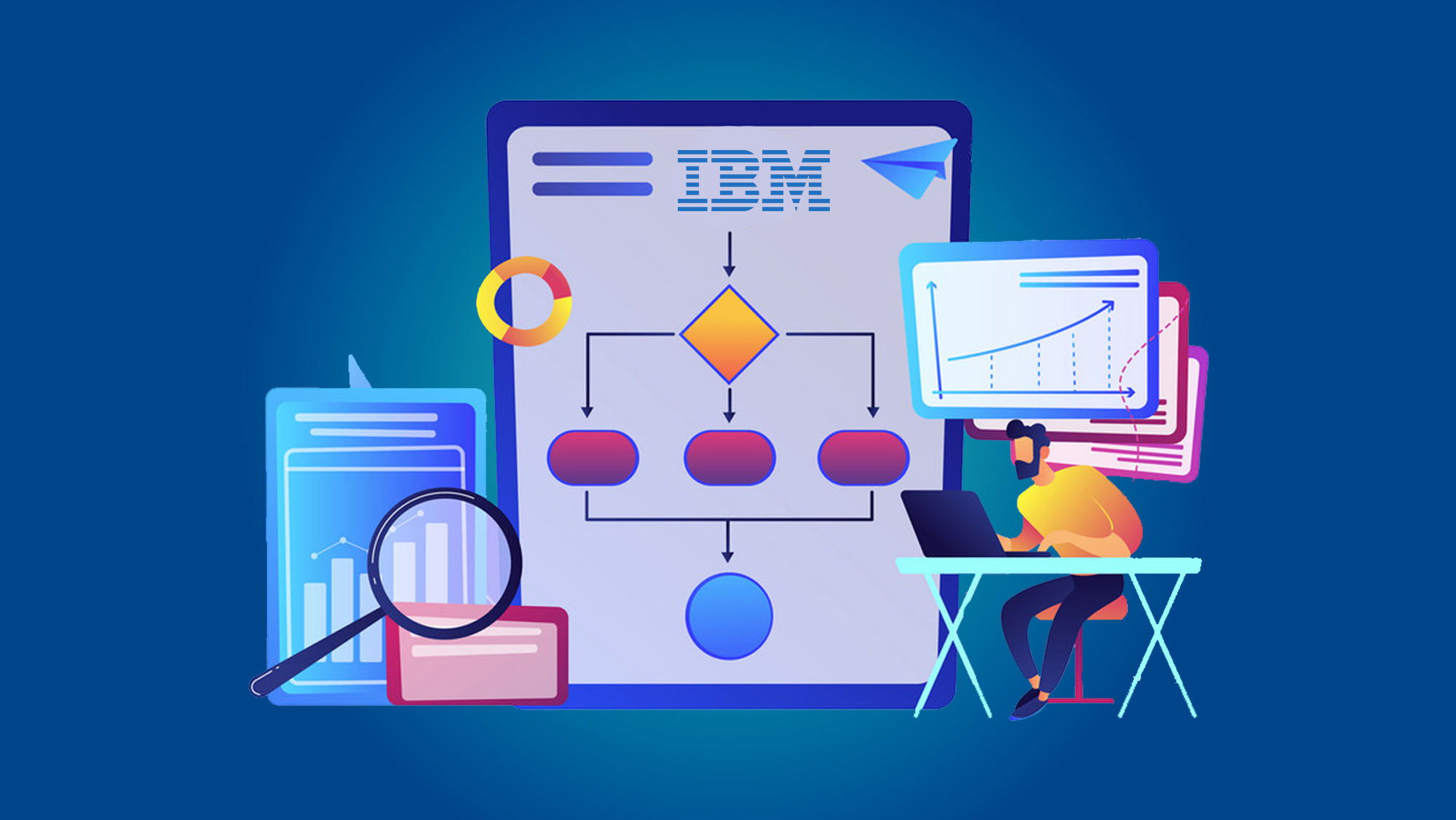Everything You Need To Know About IBM Cast Iron Training
Introduction:
In today's interconnected business landscape, seamless integration and efficient data transfer are essential for organizations to thrive. IBM Cast Iron, a powerful integration platform, offers a comprehensive solution for connecting diverse applications, systems, and data sources. To harness the full potential of this technology, it is crucial to undergo comprehensive IBM Cast Iron training.
What is IBM Cast Iron?
What is the purpose of IBM Cast Iron?
Who should undergo IBM Cast Iron Training?
Why is IBM Cast Iron Training important?
Best practices for IBM Cast Iron training
What is IBM Cast Iron?
IBM Cast Iron is a comprehensive integration platform that enables organizations to connect various applications, systems, and data sources. It simplifies the process of data integration, ensuring seamless communication between disparate systems. With its robust features and capabilities, IBM Cast Iron streamlines business processes and facilitates efficient data exchange across the enterprise.
What is the purpose of IBM Cast Iron?
The purpose of IBM Cast Iron is to provide organizations with a powerful integration platform that enables seamless connectivity and data exchange between diverse systems, applications, and data sources. It simplifies the integration process, improves efficiency, enhances data quality, and facilitates informed decision-making based on integrated data.
Who should undergo IBM Cast Iron Training?
IBM Cast Iron training is beneficial for a range of individuals and roles within an organization. It is particularly suitable for:
- Integration Architects: Those responsible for designing and implementing integration solutions using IBM Cast Iron.
- Integration Developers: Professionals involved in the development and customization of integration flows and data mappings.
- System Administrators: Individuals responsible for the configuration, deployment, and management of IBM Cast Iron environments.
- Business Analysts: Professionals involved in analyzing business requirements and mapping them to integration solutions.
- Technical Consultants: Those providing consultancy services to clients in implementing and optimizing IBM Cast Iron solutions.
Why is IBM Cast Iron Training important?
IBM Cast Iron Training is important for several reasons:
- Seamless Data Integration: IBM Cast Iron enables organizations to integrate diverse systems, applications, and data sources. Training equips individuals with the knowledge to effectively configure and deploy integration solutions, ensuring smooth data flow and connectivity.
- Time and Cost Savings: With proper training, users can leverage the pre-built connectors and adapters in IBM Cast Iron to accelerate the integration process. This reduces development time and costs associated with building custom integration solutions from scratch.
- Increased Efficiency: Training empowers individuals to optimize data integration workflows and automate processes. They gain expertise in designing efficient integration patterns, transforming data, and handling complex scenarios, leading to improved operational efficiency.
- Enhanced Data Quality: IBM Cast Iron Training emphasizes data cleansing and validation techniques, ensuring that integrated data is accurate, consistent, and reliable. This helps organizations make informed decisions based on trustworthy data.
- Scalability and Flexibility: By understanding the capabilities and features of IBM Cast Iron, users can design scalable integration solutions that can adapt to evolving business needs. Training enables them to handle large volumes of data, accommodate future growth, and integrate new applications seamlessly.
- Troubleshooting and Maintenance: IBM Cast Iron Training equips individuals with troubleshooting skills, enabling them to identify and resolve integration issues quickly. They gain knowledge of best practices for monitoring, managing, and maintaining integration solutions, ensuring uninterrupted data flow.
- Collaboration and Communication: Training encourages collaboration among teams involved in data integration projects. It fosters a common understanding of integration concepts, terminology, and processes, facilitating effective communication and coordination between business and IT stakeholders.
Best practices for IBM Cast Iron training
When it comes to IBM Cast Iron training, here are some best practices to consider:
- Clear Learning Objectives: Define specific learning objectives and goals for the training program to ensure participants gain the necessary skills and knowledge to effectively use IBM Cast Iron.

Read More: Seamless Data Exchange: Harness the Power of IBM Cast Iron Training |
- Comprehensive Curriculum: Design a well-structured curriculum that covers both the fundamental and advanced concepts of IBM Cast Iron. Include practical exercises and real-world examples to reinforce learning.
- Hands-on Experience: Provide participants with ample opportunities for hands-on practice with IBM Cast Iron. This allows them to apply theoretical concepts in a practical setting and gain confidence in using the platform.
- Use Case Scenarios: Incorporate realistic use case scenarios into the training to help participants understand how IBM Cast Iron can be applied to solve common integration challenges. This enables them to connect theory with real-world situations.
- Collaboration and Discussion: Encourage collaboration and discussion among participants during the training sessions. This fosters a learning community where participants can share experiences, ask questions, and learn from each other's perspectives.
- Experienced Instructors: Ensure that the training is conducted by experienced instructors who possess in-depth knowledge of IBM Cast Iron. They should be able to provide guidance, answer questions, and share practical insights based on their own experiences.
- Continuous Learning: IBM Cast Iron is continuously evolving, so encourage participants to stay updated with the latest features, enhancements, and best practices. Provide resources such as documentation, online forums, and training materials to support ongoing learning.
Conclusion:
IBM Cast Iron training equips individuals with the knowledge and skills necessary to effectively integrate diverse systems and applications. By understanding the fundamentals, features, and use cases of Cast Iron, professionals can unlock its full potential and contribute to successful integration initiatives.
You May Also Like
These Related Stories

Seamless Data Exchange: Harness the Power of IBM Cast Iron Training

Exploring the Power of IBM BPM: Process Optimization Unleashed




No Comments Yet
Let us know what you think